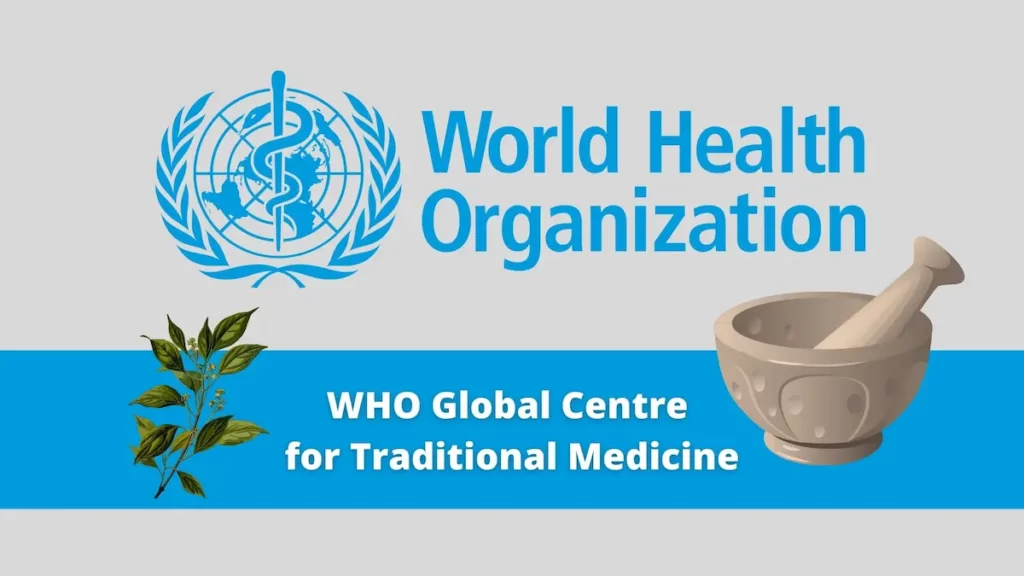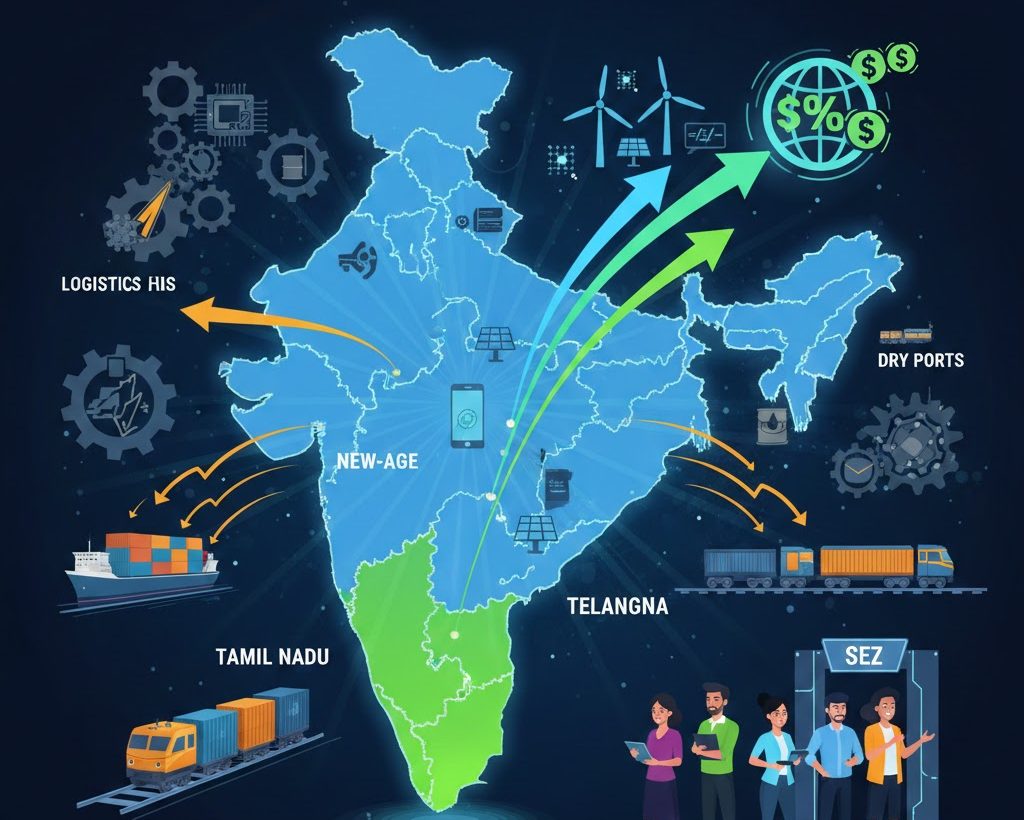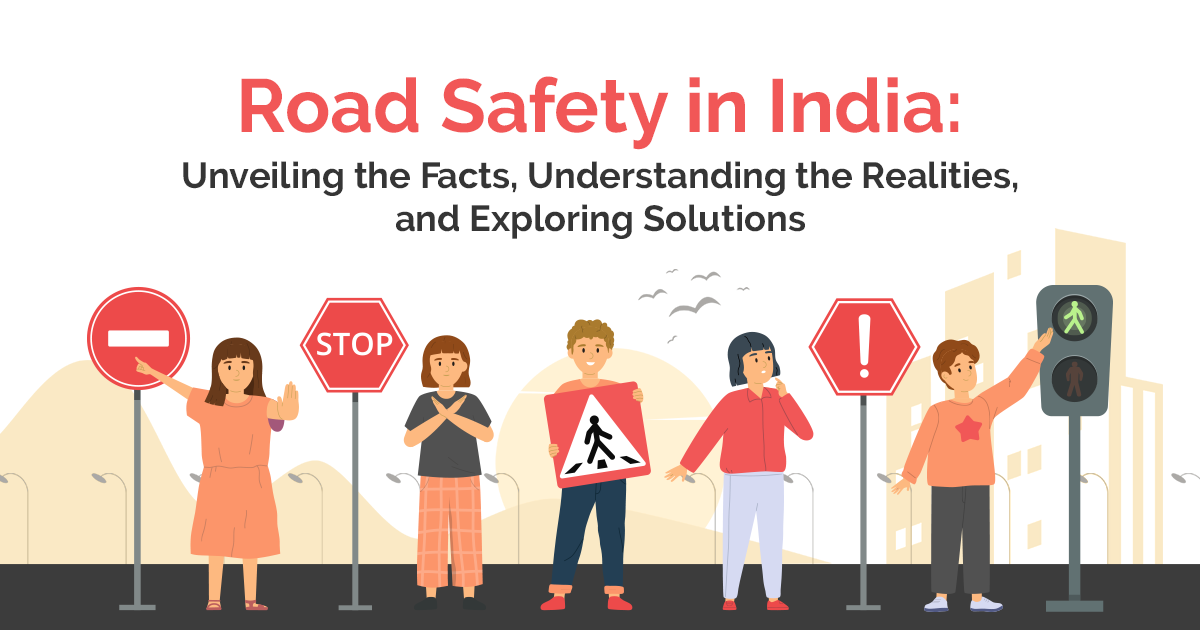Font size:
Print
Women and Men in India 2023
Context:
The Ministry of Statistics and Programme Implementation (MoSPI), Government of India, released the 25th issue of its publication titled “Women and Men in India 2023”.
|
About Women and Men in India 2023:
|
Key highlights:

Population:
- By 2036, India’s population is projected to reach around 152 crore, with an improved female percentage of 48.8%, up from 48.5% in 2011.
- The sex ratio in India is projected to rise from 943 in 2011 to 952 by 2036, indicating a more balanced gender ratio and progress toward gender equality.
Mortality rate:
- Due to continuous government efforts, India achieved a significant milestone by reducing its Maternal Mortality Rate (MMR) to 97 per lakh live births in 2018-20, positioning the country to meet the SDG target of 70 per lakh live births.
- The Infant Mortality Rate (IMR) has been declining over the years for both males and females.
- The Under-5 Mortality Rate has decreased from 43 in 2015 to 32 in 2020, with reductions observed for both boys and girls, and the gender gap in mortality rates has also narrowed.

Labour force participation:
- The Periodic Labour Force Survey shows an increase in Labour Force Participation Rate (LFPR) for people aged 15 years and above, with male LFPR rising from 75.8% to 78.5% and female LFPR from 23.3% to 37% between 2017-18 and 2022-23.
- The 2014 elections marked a significant shift, with women’s participation increasing to 65.6%, and rising further to 67.2% in the 2019 elections. For the first time, female voter turnout slightly exceeded that of men, reflecting growing literacy and political awareness among women.
- The Department for Promotion of Industry and Internal Trade (DPIIT) has recognised 1,17,254 start-ups from January 2016 to December 2023. Of these, 55,816 start-ups (47.6%) are led by women, highlighting the increasing role of women entrepreneurs in India’s start-up ecosystem.
Impediments in empowerment:
- Violence Against Women: Three major crimes viz. Cruelty by Husband and Relatives, Assault on women with intent to outrage her modesty and Kidnapping & Abduction constituted more than 70% of the total crime committed against women
- Child Marriage: As per NFHS-5 (2019-21), the percentage of women aged 20-24 years married before age 18 years has decreased from 26.8 in NFHS-4 (2015-16) to 23.3%.
- Suicide: The highest ever suicide rate of 12.4 per lakh population was recorded in 2022.
- Technology Facilitated Violence Against Women: In 2022, 14409 cyber crimes against women were reported in the country.
- Disability: The percentage of differently abled persons was 1.9% for females and 2.4%for males.
Steps taken by the government for demographic development:
Health and Family Welfare:
- National Family Planning Programme: Aims to reduce fertility rates and improve reproductive health services.
- National Rural Health Mission (NRHM): Focuses on improving maternal and child health, reducing infant and maternal mortality rates.
- Immunisation Programs: Provides vaccines against various diseases to children and pregnant women.
- Pradhan Mantri Matru Vandana Yojana (PMMVY): Provides cash incentives to pregnant and lactating women for early registration of pregnancy and institutional delivery.
Education:
- Sarva Shiksha Abhiyan (SSA): Aims to provide universal elementary education.
- Mid-Day Meal Scheme: Provides nutritious meals to school children to improve attendance and nutritional status.
- Beti Bachao, Beti Padhao: Focuses on improving the sex ratio at birth and promoting girls’ education.
Women Empowerment:
- Mahila Samakhya: Aims to empower women through education, skill development, and awareness generation.
- National Livelihoods Mission (NRLM): Provides livelihood opportunities for rural women.
- Pradhan Mantri Jan Dhan Yojana: Promotes financial inclusion among women.
Skill Development and Employment:
- Pradhan Mantri Kaushal Vikas Yojana (PMKVY): Provides skill training to youth to enhance employability.
- Deen Dayal Upadhyaya Grameen Kaushalya Yojana (DDU-GKY): Focuses on skill development in rural areas.
- Make in India: Promotes manufacturing and job creation.
- Start-up India: Encourages entrepreneurship and job creation.
Other Initiatives:
- Delayed Marriage and Early Childbearing: Programs to promote delayed marriage and early childbearing to improve maternal and child health.
- Population Stabilization Fund: Supports research and programs for population stabilisation.
- National Nutrition Mission: Addresses malnutrition among women and children. According to Economic Survey 2023-24, the nutritional status of women is crucial for their health and well-being, as well as for preventing malnutrition in their children.
-
|
Success Stories:
|



